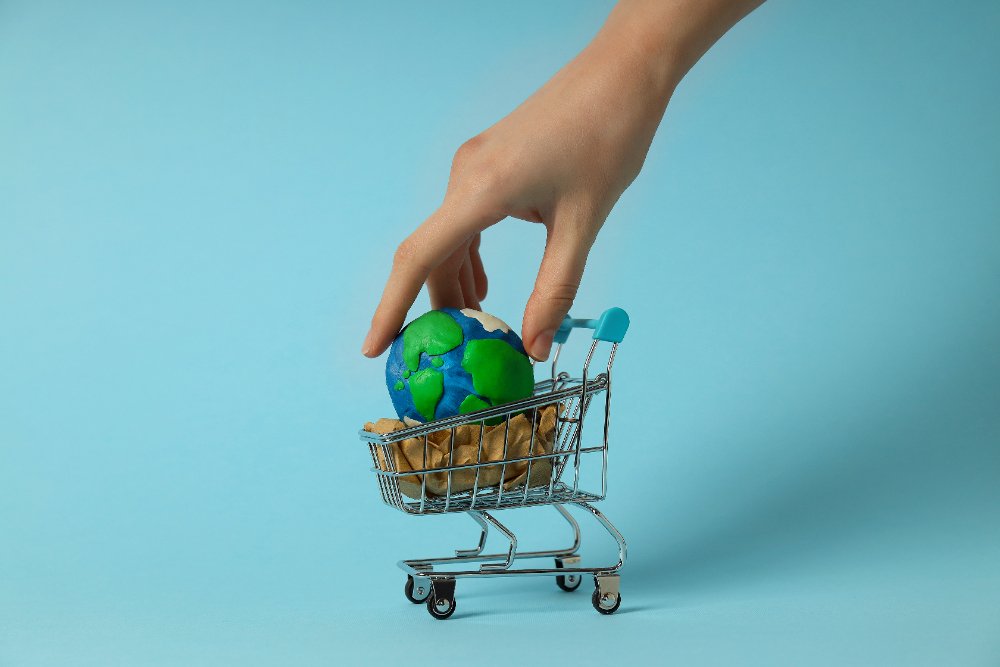In recent years, sustainability has become a central focus for both consumers and businesses. The rise of environmentally conscious consumers is driving significant changes across industries, especially in the Fast-Moving Consumer Goods (FMCG) sector. One of the key areas where this shift is most evident is in packaging. Brands are now compelled to reconsider their packaging strategies, not just for regulatory compliance but to align with evolving consumer preferences and environmental concerns.
In this blog, we explore how the trend towards sustainability is transforming the FMCG packaging landscape and how companies can adapt to meet the demand for eco-friendly solutions.
The Rise of the Eco-Conscious Consumer
Today’s consumers are more informed and vocal about environmental issues than ever before. With increased awareness about plastic pollution, deforestation, and the impact of waste on marine life, people are making more sustainable choices in their daily purchases. According to a recent survey, nearly 60% of global consumers consider a brand’s sustainability practices before making a purchase. This shift is especially pronounced among millennials and Gen Z, who are driving demand for eco-friendly packaging and are willing to pay a premium for products that align with their values.
What Are Consumers Looking For?
- Biodegradable and Compostable Materials: Consumers are favoring packaging made from materials that can break down naturally, such as cornstarch-based plastics, paper, and plant-based fibers.
- Recyclable and Reusable Options: Brands that offer packaging that can be easily recycled or repurposed are gaining consumer loyalty. The preference for minimal and reusable packaging has led to a rise in initiatives like refillable containers and zero-waste packaging.
- Transparency in Sustainability Claims: Greenwashing—making false or exaggerated claims about a product’s eco-friendliness—can damage brand trust. Consumers now expect companies to provide clear information about the sustainability of their packaging materials and the environmental impact of their choices.
How FMCG Brands Are Adapting Their Packaging Strategies
Leading FMCG companies are embracing innovative packaging solutions to meet the growing demand for sustainability. Here’s how they are adapting:
- Shifting Towards Recycled and Bio-Based Materials
One of the most significant changes in the FMCG industry is the shift towards recycled and bio-based packaging materials. Many brands are replacing traditional plastics with plant-based plastics and recycled paper. For instance, several beverage companies have introduced bottles made from 100% recycled PET (rPET), which significantly reduces their carbon footprint.
- Reducing Packaging Waste with Minimalist Design
The minimalist packaging trend is gaining momentum as brands aim to reduce excess material usage. By opting for simple, lightweight designs, companies can cut down on waste, reduce transportation emissions, and appeal to consumers who prefer a clutter-free, environmentally friendly option. For example, some FMCG brands have introduced concentrated formulas for cleaning products, which require less packaging and are sold in smaller, more efficient containers.
- Introducing Refillable and Reusable Packaging Systems
The concept of a circular economy is influencing packaging strategies, with a focus on reusability. FMCG brands are launching refill stations in stores for products like shampoos, detergents, and beverages. By allowing consumers to refill their containers, companies are reducing single-use packaging and encouraging sustainable purchasing habits.
- Embracing Innovative Packaging Technologies
New technologies are enabling brands to explore sustainable alternatives to traditional packaging. Edible packaging, which can be safely consumed along with the product, and biodegradable films made from seaweed or algae are gaining attention as potential game-changers in the FMCG sector. Additionally, innovations in smart packaging are helping to reduce waste by extending the shelf life of perishable goods, thereby minimizing food waste.
Challenges in the Shift to Sustainable Packaging
Despite the clear advantages, transitioning to sustainable packaging is not without challenges. The cost of sustainable materials is often higher than traditional plastics, and supply chain disruptions can impact availability. Additionally, developing packaging that is both eco-friendly and capable of preserving product quality can be difficult, especially for perishable goods.
To overcome these hurdles, FMCG companies need to invest in research and development, partner with innovative suppliers, and educate consumers about the importance of sustainable packaging.
The Way Forward: Building a Sustainable Packaging Strategy
To thrive in this new landscape, FMCG brands must take a proactive approach. Here’s how they can build a successful sustainable packaging strategy:
- Conduct a Packaging Audit: Evaluate the current packaging materials used and identify areas for improvement.
- Set Clear Sustainability Goals: Define measurable objectives, such as reducing plastic use by 50% or transitioning to 100% recyclable packaging by a specific date.
- Collaborate with Suppliers: Partner with material innovators and sustainable packaging providers to explore new options.
- Educate Consumers: Launch awareness campaigns to inform customers about the environmental impact of their packaging choices and how they can recycle or reuse the packaging.
Conclusion
As consumer preferences continue to shift towards sustainability, FMCG brands must adapt to stay competitive. By embracing eco-friendly packaging solutions, companies can not only meet the demands of today’s environmentally conscious consumers but also contribute to a healthier planet. Sustainable packaging is more than just a trend—it’s an essential part of a brand’s commitment to responsible business practices and a key driver of long-term growth in the FMCG industry.


